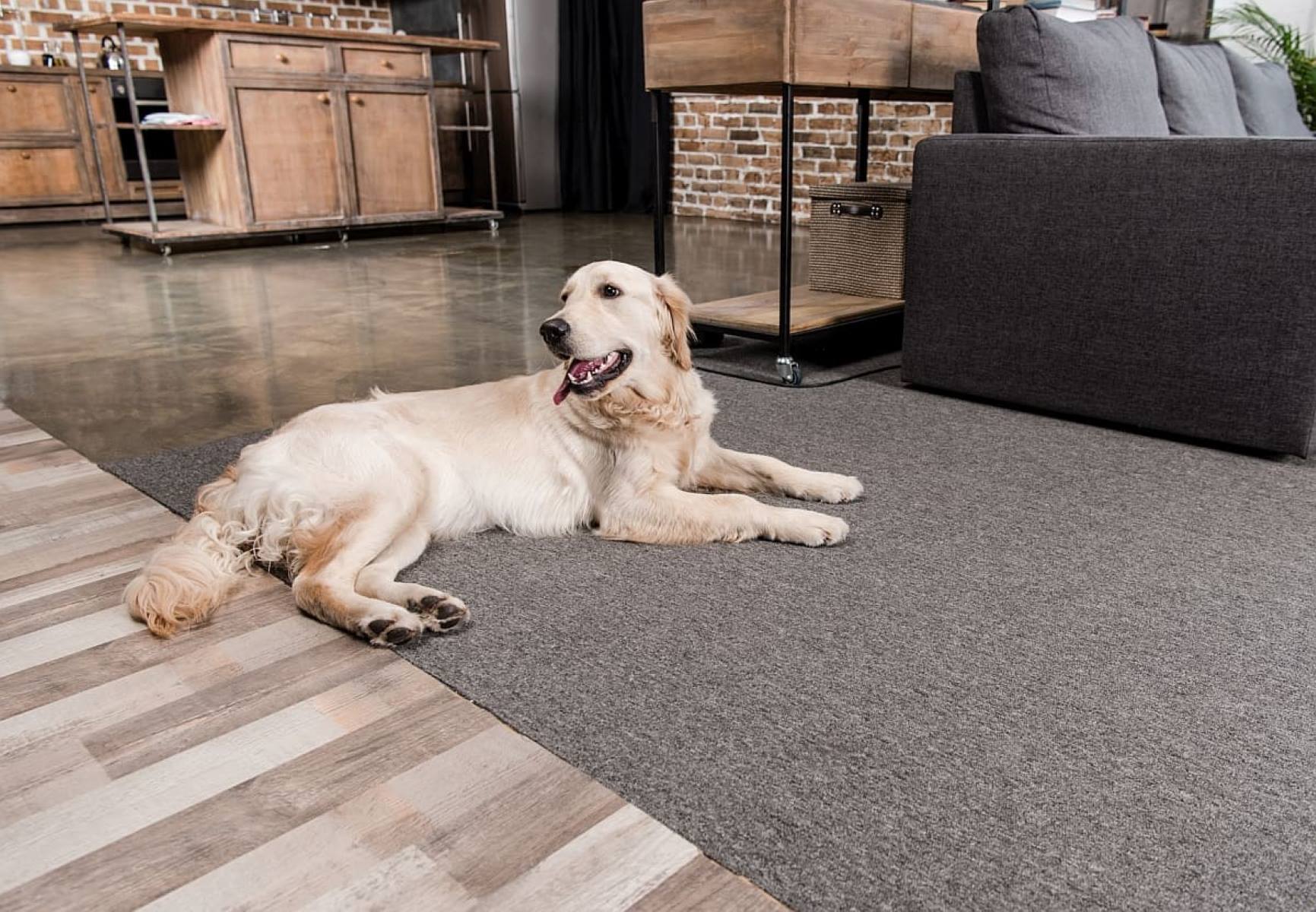

Articles
How To Protect Rugs From Dogs
Modified: March 25, 2024
Learn how to protect your rugs from dogs with these informative articles. Discover helpful tips and tricks to keep your rugs clean and intact.
(Many of the links in this article redirect to a specific reviewed product. Your purchase of these products through affiliate links helps to generate commission for Storables.com, at no extra cost. Learn more)
Introduction:
Dogs are beloved companions, bringing joy, laughter, and unconditional love into our lives. However, as much as we adore our furry friends, they can sometimes wreak havoc on our home decor, particularly our rugs. Dogs have a natural instinct to explore, play, and sometimes even chew, which can lead to damage and stains on our precious rugs.
Protecting rugs from dogs is not only crucial for preserving their beauty and longevity, but it is also essential for creating a harmonious environment for both humans and pets. In this article, we will explore some effective strategies to safeguard your rugs from the playful antics and occasional accidents of your canine companions.
By implementing these tips and techniques, you can maintain the appearance and integrity of your rugs while ensuring a safe and comfortable space for your four-legged friends. Let’s dive into the world of rug protection from dogs and discover how to keep your valuable floor coverings safe and sound.
Key Takeaways:
- Protecting your rugs from dogs involves choosing the right materials, establishing boundaries, and training your furry friend. With patience and consistency, you can create a harmonious space for both your dog and your precious rugs.
- If you’re facing challenges in protecting your rugs, seeking professional help is a responsible step. Professional trainers and behaviorists can provide personalized strategies to address complex rug-related behavioral issues and ensure the well-being of your dog and your rugs.
Read more: How To Protect Hot Tub From Dogs
Importance of Rug Protection from Dogs:
Protecting your rugs from dogs is of utmost importance for several reasons. Firstly, dogs have a tendency to track in dirt, mud, and other outdoor debris on their paws, which can soil and stain your rugs. This not only compromises the cleanliness of your rugs but can also affect their overall appearance.
Furthermore, dogs may have occasional accidents on your rugs, especially if they are not adequately trained or are experiencing health issues. These accidents can lead to unpleasant odors and stubborn stains that are not only difficult to remove but can also cause permanent damage to the fibers of your rugs.
Another significant reason to protect your rugs from dogs is to prevent them from indulging in destructive behaviors such as chewing, scratching, or digging. Some dogs have a natural instinct to chew on objects, and rugs often become a tempting target. Constant chewing can result in frayed edges, loose threads, and unsightly holes in your rugs.
Additionally, dogs may engage in scratching or digging motions on your rugs, especially if they are bored or trying to mark their territory. These actions can damage the surface of your rugs, leading to unraveling or pilling of the fibers.
Besides preserving the aesthetic appeal and integrity of your rugs, protecting them from dogs also ensures the safety of your pets. Certain rugs may have loose or dangling threads that can pose a choking hazard if ingested by dogs. By implementing proper rug protection strategies, you minimize the risk of your furry friend accidentally swallowing any harmful materials.
Overall, protecting your rugs from dogs not only prevents damage, stains, and unpleasant odors but also promotes a safe and comfortable environment for both you and your canine companion. With the right precautions and preventive measures, you can enjoy the company of your dog without compromising the condition of your rugs.
Choosing the Right Type of Rug:
When it comes to protecting your rugs from dogs, selecting the right type of rug is a crucial first step. Not all rugs are created equal, and some materials are more resistant to wear and tear caused by our furry friends. Here are some factors to consider when choosing a rug that can withstand the presence of dogs:
1. Material: Opt for rugs made from durable and stain-resistant materials such as synthetic fibers like nylon or polyester. These materials are resistant to stains, easy to clean, and less likely to absorb odors. Avoid delicate materials like silk or viscose, as they may not withstand the rough play and occasional accidents of dogs.
2. Construction: Look for rugs with a tight weave or construction, such as flatweave or low-pile rugs. These types of rugs are less likely to hold on to pet hair and are easier to vacuum and clean. Avoid high-pile or shaggy rugs, as they tend to trap debris and can be more challenging to maintain with dogs around.
3. Color and Pattern: Consider selecting rugs with patterns or designs that can help camouflage any accidental stains or pet hair. Opt for darker shades or rugs with busy patterns, as they can better conceal minor imperfections caused by dogs. Light-colored rugs may show stains or dirt more prominently.
4. Maintenance: Prioritize rugs that are easy to clean and maintain. Look for rugs that can be spot cleaned or machine washed, as this will make it simpler to remove any pet-related stains or odors. Additionally, rugs with stain-resistant treatments or coatings can provide an extra layer of protection against pet messes.
5. Rug Pad: Invest in a high-quality rug pad that provides both cushioning and grip. A rug pad not only enhances the comfort and longevity of your rug but also helps prevent shifting or sliding due to the rough play of dogs. It adds an extra layer of protection against pet accidents and reduces the risk of damage to your floors.
By considering these factors when choosing a rug, you can minimize the potential damage caused by dogs and ensure that your investment stays intact for years to come. A well-selected rug will not only withstand the presence of dogs but also complement your home decor and provide a safe and comfortable space for your furry friend.
Establishing Dog-Friendly Boundaries:
To protect your rugs from dogs, it is essential to establish clear boundaries and train them to respect these boundaries. By setting up dog-friendly areas and training your furry friend to stay away from certain areas, you can minimize the risk of accidents or damage to your rugs. Here are some effective strategies for establishing dog-friendly boundaries:
1. Designate a Dog-Free Zone: Identify certain areas in your home, such as the living room or dining room, where you want to keep your rugs dog-free. Use baby gates, pet barriers, or closed doors to physically block off these areas. This will help prevent your dog from accessing rugs that you want to keep protected.
2. Provide Alternative Comfortable Spaces: Dogs love to be comfortable, so make sure you provide them with cozy dog beds or mats in designated areas where they are allowed. Create a comfortable and inviting spot for them to relax and retreat to. This will help redirect their attention away from your rugs.
3. Use Visual Cues: Place brightly colored rugs or mats in areas where your dog is allowed to play or rest. Dogs are visual animals, and these cues can help them understand where they are allowed to be. Reinforce this by rewarding them with treats and praise when they stay within these designated areas.
4. Consistent Training: Implement consistent training techniques to teach your dog to stay off specific rugs or carpeted areas. Use verbal commands such as “off” or “leave it” when they try to approach or interact with the protected rugs. Reward them with treats and positive reinforcement when they comply with your commands.
5. Supervision: Whenever possible, supervise your dog’s interactions with rugs. If you notice them getting too close or showing signs of chewing or digging behavior, redirect their attention to appropriate toys or activities. This proactive approach will help prevent any potential damage to your rugs.
6. Be Patient and Consistent: Remember, training takes time and patience. Consistently reinforce the boundaries you have established and be patient with your dog. With time and consistent reinforcement, they will learn to respect the designated areas and stay away from the rugs you want to protect.
By implementing these strategies, you can create dog-friendly boundaries and minimize the risk of damage to your rugs. With patience, consistency, and positive reinforcement, your dog will understand and respect the areas where they are allowed, allowing you to enjoy your rugs without worrying about their safety.
Training Dogs to Stay Off Rugs:
Training your dog to stay off rugs is an effective way to protect them from any potential damage. With consistent and positive training techniques, you can teach your furry friend to respect the boundaries you have set. Here are some tips for training your dog to stay off rugs:
1. Consistency is Key: Dogs thrive on consistency, so make sure to be consistent with your training approach. Use the same commands and signals every time you want your dog to stay off the rugs. This will help them understand what is expected of them.
2. Positive Reinforcement: Reward your dog with praise, treats, or their favorite toys when they stay off the rugs. This positive reinforcement will motivate them to repeat the desired behavior. Avoid using punishment or harsh methods, as they can create a negative association and hinder the training process.
3. Redirect their Attention: If you notice your dog approaching a rug or attempting to interact with it, redirect their attention to an appropriate toy or activity. Engage them in play or training exercises to shift their focus away from the rugs. This will help them understand that there are other more desirable options for play and relaxation.
4. Use Verbal Commands: Teach your dog specific verbal commands, such as “off” or “no rugs” to indicate that they should stay away from the rugs. Consistently use these commands when you want them to stay off the rugs. With practice, they will learn to associate these commands with the desired behavior.
5. Reinforce Boundaries: Place visual cues, such as painters tape or boundary markers, around the edges of the rugs to visually reinforce the boundaries. This can help your dog understand the physical limitations and discourage them from crossing over onto the rugs.
6. Supervision and Management: It is important to supervise your dog’s behavior around rugs, especially during the initial stages of training. If you are unable to supervise, consider confining your dog to a separate area or using baby gates to restrict their access to rugs. This will prevent any accidents or unwanted behaviors during the training process.
7. Seek Professional Help if Needed: If you are facing challenges with training your dog to stay off the rugs, consider seeking assistance from a professional dog trainer or behaviorist. They can provide personalized guidance and support to address any specific issues you may be facing.
Remember, training takes time and patience. Be consistent, use positive reinforcement, and remain patient with your furry friend. With time and practice, your dog will understand and respect the boundaries you have set, allowing you to enjoy your rugs without any worry.
Consider using a rug pad to prevent slipping and protect the rug from pet accidents. Regularly groom and train your dog to minimize shedding and accidents on the rug.
Read more: How To Stop Dogs From Peeing On Rugs
Using Protective Covers for Rugs:
Using protective covers for your rugs is an effective strategy to safeguard them from the potential damage caused by dogs. These covers provide an additional layer of protection, preventing stains, dirt, and accidents from reaching the rug itself. Here are some tips for using protective covers:
1. Waterproof Covers: Invest in waterproof or water-resistant covers for your rugs, especially if you have dogs that are prone to accidents or have a habit of spilling water or food. These covers create a barrier that prevents liquids from seeping into the rug fibers, making clean-up easier and protecting against potential stains and odors.
2. Anti-Slip Mats: Consider using anti-slip mats or rug pads underneath the protective covers. These mats provide an extra layer of grip and stability, keeping the cover in place even with the active movements of your dogs. This reduces the risk of slips or accidents caused by rugs shifting or bunching up under their paws.
3. Breathable Fabrics: Opt for protective covers made from breathable fabrics such as cotton or natural fibers. These materials allow air circulation, preventing the accumulation of moisture and mildew. Breathable covers also help prevent any unpleasant odors from lingering in the rug.
4. Easy to Clean: Choose protective covers that are easy to clean and maintain. Look for covers that are machine washable or can be spot cleaned. This makes it convenient to remove any dirt, hair, or pet-related messes that may accumulate on the cover.
5. Remove and Clean Regularly: Remember to remove the protective covers periodically for thorough cleaning. Regular cleaning helps ensure that any dirt or allergens trapped between the cover and the rug are removed. It also allows you to inspect the rugs for any signs of wear or damage that may require attention.
6. Multiple Covers: If you have multiple rugs in your home, consider having multiple protective covers. This allows you to rotate the covers for washing and ensures that you always have a clean cover to protect your rugs. It also extends the lifespan of the protective covers themselves.
By using protective covers for your rugs, you can provide an extra layer of defense against the potential damage caused by dogs. These covers not only protect the rugs from stains and spills but also make cleaning and maintenance easier and more convenient. With the right protective covers in place, you can relax knowing that your rugs are well-protected.
Regular Cleaning and Maintenance:
To ensure the longevity and beauty of your rugs, regular cleaning and maintenance are essential, especially when you have dogs in the house. Here are some tips to keep your rugs clean and well-maintained:
1. Vacuum Frequently: Regular vacuuming is crucial to remove dirt, pet hair, and debris that can accumulate on your rugs. Use a vacuum cleaner with a beater bar or rotating brush attachment to effectively lift and remove embedded dirt and pet hair. Vacuum at least once a week or more often if needed, depending on the amount of foot traffic and pet activity in the area.
2. Spot Clean Spills and Stains: Swiftly attend to any spills or accidents that occur on your rugs. Blot the affected area with a clean cloth or paper towel to absorb as much liquid as possible. Avoid rubbing the stain, as this can push it further into the rug fibers. Use a mild detergent or specialized carpet cleaner specifically formulated for pet stains to treat any remaining spots or odors.
3. Professional Cleaning: Consider getting your rugs professionally cleaned on a regular basis, especially if they are heavily soiled or have persistent stains. Professional cleaners have the expertise and equipment to thoroughly deep clean and remove embedded dirt and stains from your rugs, ensuring that they stay fresh and in optimal condition.
4. Shake and Air Out: Take the opportunity to shake and air out smaller rugs outdoors on a regular basis. This helps to dislodge any loose dirt and debris that may have accumulated within the fibers. Hang the rugs over a railing or line to allow them to air out and freshen up.
5. Brush and Groom: If you have a long-haired dog, regularly brush and groom them to minimize shedding and reduce the amount of loose hair that ends up on your rugs. This proactive approach can significantly reduce the amount of pet hair that collects on your rugs and makes vacuuming more effective.
6. Rotate Rugs: To ensure even wear and sun exposure, consider rotating your rugs periodically. This helps prevent certain areas from fading or getting worn down more quickly than others. It also allows for even distribution of foot traffic and pet activities across the rug surface.
7. Treat and Protect: Consider applying a fabric protector or rug sealant to create a barrier against stains and spills. This protective layer makes it easier to clean up messes and minimizes the risk of permanent damage to your rugs.
By incorporating regular cleaning and maintenance into your routine, you can keep your rugs looking their best and extend their lifespan. These simple steps help to prevent the buildup of dirt and stains caused by dogs, ensuring that your rugs remain clean, fresh, and vibrant for years to come.
Addressing Chewing and Digging Behaviors:
Dogs have natural instincts to chew and dig, which can be problematic when it comes to protecting your rugs. Addressing these behaviors is crucial to prevent damage to your rugs and create a safe environment for your furry friend. Here are some strategies to address chewing and digging behaviors:
1. Provide Appropriate Chew Toys: Dogs often chew out of boredom or a need for mental stimulation. Make sure to provide your dog with a variety of appropriate chew toys to redirect their chewing behavior. Choose toys that are specifically designed for chewing and are durable enough to withstand their chewing habits. Encourage your dog to focus their chewing on these toys rather than on your rugs.
2. Supervise and Interrupt: When you notice your dog starting to chew on a rug, calmly but firmly interrupt the behavior. Use a loud noise, such as a clap or a verbal cue, to get their attention. Immediately redirect their attention to an appropriate chew toy. Be consistent with this interruption technique to teach them that chewing on rugs is not acceptable.
3. Bitter Spray or Deterrents: Consider using bitter sprays or other deterrents specifically formulated to discourage chewing. Apply these substances to areas of your rugs that are particularly prone to chewing. The bitter taste or unpleasant smell will deter your dog from approaching and chewing on the rugs.
4. Digging Alternatives: Dogs may dig as a way to entertain themselves or alleviate boredom. Provide your dog with designated digging areas, such as a sandbox or a specific part of your yard. Encourage and reward them for digging in these designated areas, and redirect them from digging on your rugs or carpets.
5. Mental and Physical Stimulation: Ensure your dog receives sufficient mental and physical exercise. A tired and stimulated dog is less likely to engage in destructive behaviors such as chewing and digging. Incorporate regular play sessions, walks, and interactive toys to provide them with the stimulation they need.
6. Training and Positive Reinforcement: Teach your dog basic obedience commands such as “leave it” or “no chewing.” Use positive reinforcement techniques, such as treats and praise, to reward them for following your commands. With consistent training and positive reinforcement, your dog will learn to associate chewing on rugs with negative consequences and will be more inclined to avoid it.
7. Seek Professional Help if Needed: If your dog’s chewing or digging behaviors persist despite your efforts, it may be helpful to seek the assistance of a professional dog trainer or a behaviorist. They can provide guidance and develop a customized training plan to address these behaviors in a more effective manner.
By implementing these strategies and addressing your dog’s chewing and digging behaviors, you can protect your rugs from damage and provide a safe environment for your furry friend. With consistent training, appropriate toys, and plenty of mental and physical stimulation, your dog will learn to redirect their natural instincts away from your precious rugs.
Seeking Professional Help if Needed:
While addressing certain issues related to rug protection from dogs can be done through individual efforts, there are instances where seeking professional help becomes necessary. Professional dog trainers and behaviorists possess the expertise and experience to address complex behavioral issues and can provide valuable guidance and support. Here are some reasons why you might consider seeking professional help:
1. Persistent Behavioral Problems: If your dog’s behavior, such as persistent chewing, scratching, or accidents on your rugs, continues despite your efforts to address the issue, it may be time to consult a professional. They can assess the situation, identify underlying causes, and provide suitable strategies to modify your dog’s behavior effectively.
2. Aggression or Anxiety Issues: If your dog displays aggression towards rugs or exhibits high levels of anxiety or stress around them, it is crucial to seek professional assistance. Aggression or excessive anxiety can be signs of deeper behavioral issues that require expert evaluation and intervention.
3. Lack of Progress: If you have been attempting to address your dog’s rug-related behavior for an extended period without seeing any significant progress, a professional can help assess the methods you have been using and suggest alternative approaches that may be more effective.
4. Safety Concerns: If your dog’s behavior towards rugs poses safety risks, such as swallowing or choking on rug fibers, seeking professional help becomes essential. A professional can evaluate the situation, provide advice on immediate safety measures, and develop a long-term plan to modify the behavior and ensure the well-being of both your dog and your rugs.
5. Individualized Training Plans: Every dog is unique, and what works for one dog may not work for another. Professional trainers and behaviorists can create personalized training plans tailored to your dog’s specific needs and temperament. These customized plans take into account factors such as age, breed, past experiences, and environmental influences to maximize success.
6. Additional Resources and Support: Professionals in the field of dog training and behavior have access to a wealth of knowledge and resources that can supplement your efforts. They can provide you with guidance, tips, and tools to address rug-related challenges effectively. Moreover, they can offer ongoing support throughout the training process to ensure long-term success.
Remember, seeking professional help is not a sign of failure or incompetence as a pet owner; it is a responsible step toward ensuring the well-being of your dog and protecting your rugs. Professionals can provide valuable insights, practical advice, and effective strategies to address complex rug-related behavioral issues and guide you in maintaining a harmonious environment for both you and your furry companion.
Read more: Why Do Dogs Scratch Rugs
Conclusion:
Protecting your rugs from dogs requires a combination of preventive measures, training techniques, and regular maintenance. By implementing the strategies discussed in this article, you can create a safe and dog-friendly environment while preserving the beauty and longevity of your rugs.
Choosing the right type of rug, establishing dog-friendly boundaries, and training your dogs to stay off rugs are crucial steps in preventing damage. Using protective covers for your rugs provides an additional layer of defense against stains and accidents. Regular cleaning and maintenance, along with addressing chewing and digging behaviors, keep your rugs in optimal condition.
If your efforts to protect your rugs prove challenging, seeking professional help is a wise step. Professionals can provide tailored strategies and expert guidance to address complex behavioral issues, ensuring the safety and well-being of both your dog and your rugs.
Remember, the bond between you and your dog is priceless, and with patience, consistency, and the right approach, you can maintain a harmonious living space where your furry friend and your rugs coexist happily. By protecting your rugs, you can enjoy the comfort and beauty they bring to your home, while also providing a safe and engaging environment for your beloved canine companion.
So, take the necessary steps to protect your rugs from dogs, and enjoy a home that blends style, comfort, and the joy of having a furry friend by your side!
Frequently Asked Questions about How To Protect Rugs From Dogs
Was this page helpful?
At Storables.com, we guarantee accurate and reliable information. Our content, validated by Expert Board Contributors, is crafted following stringent Editorial Policies. We're committed to providing you with well-researched, expert-backed insights for all your informational needs.
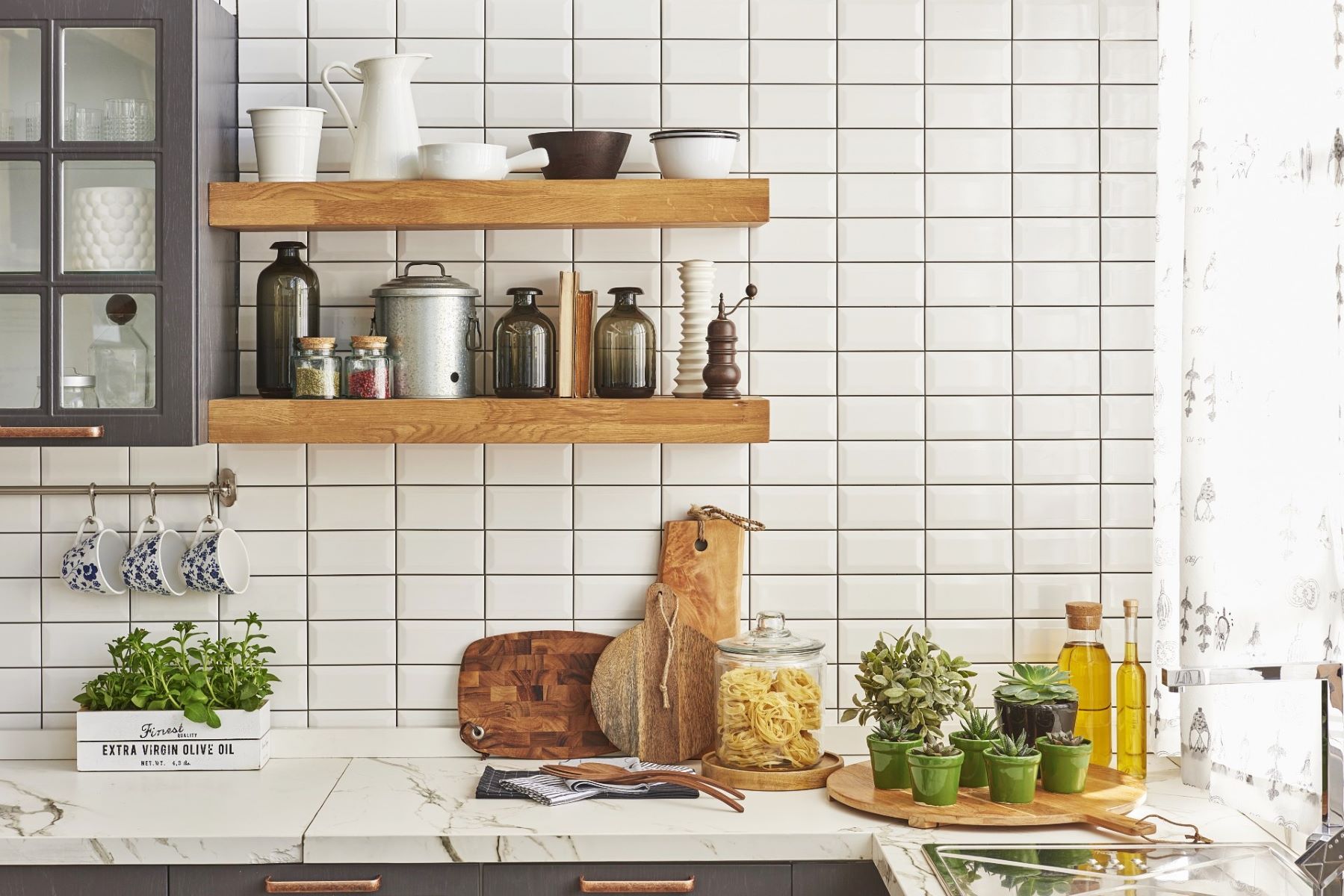
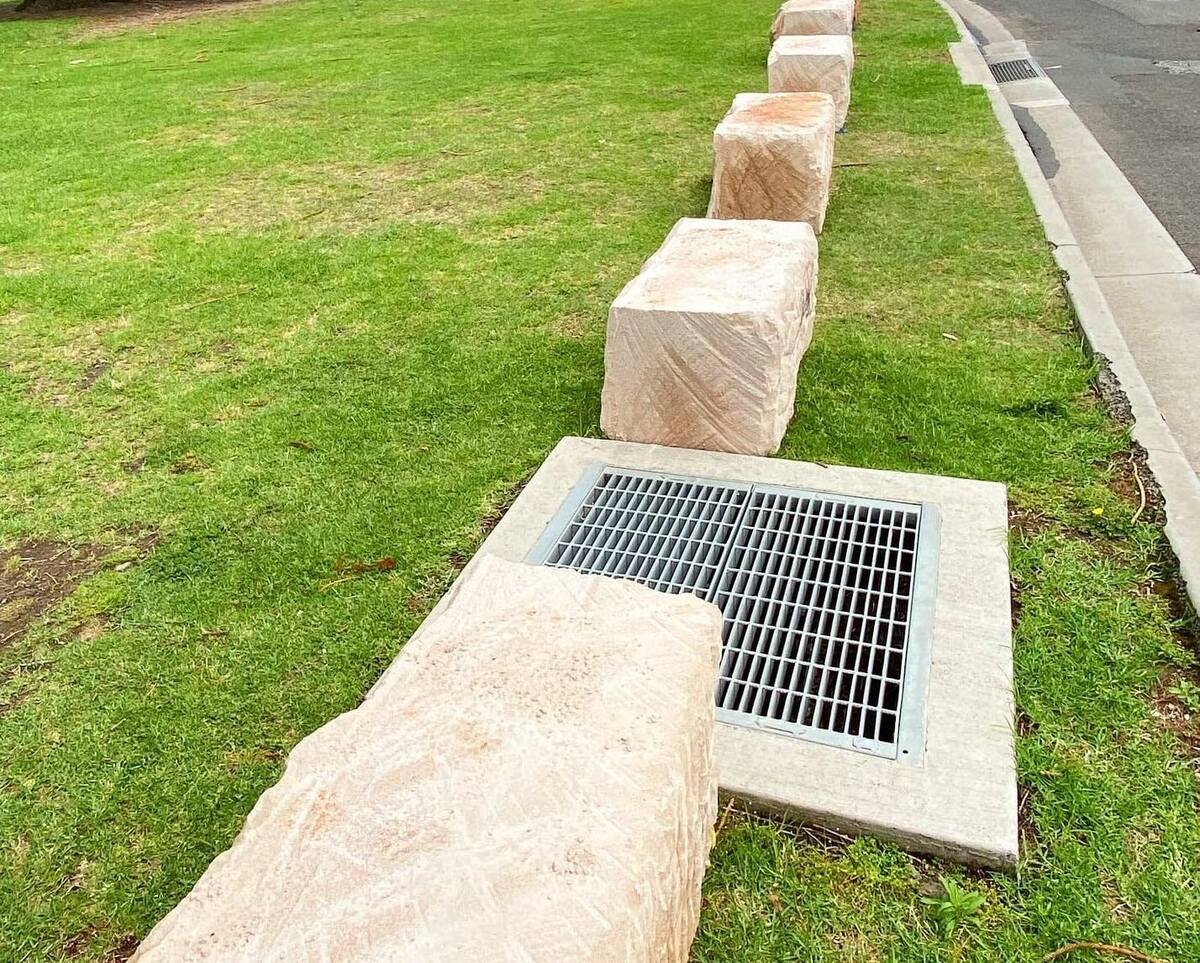
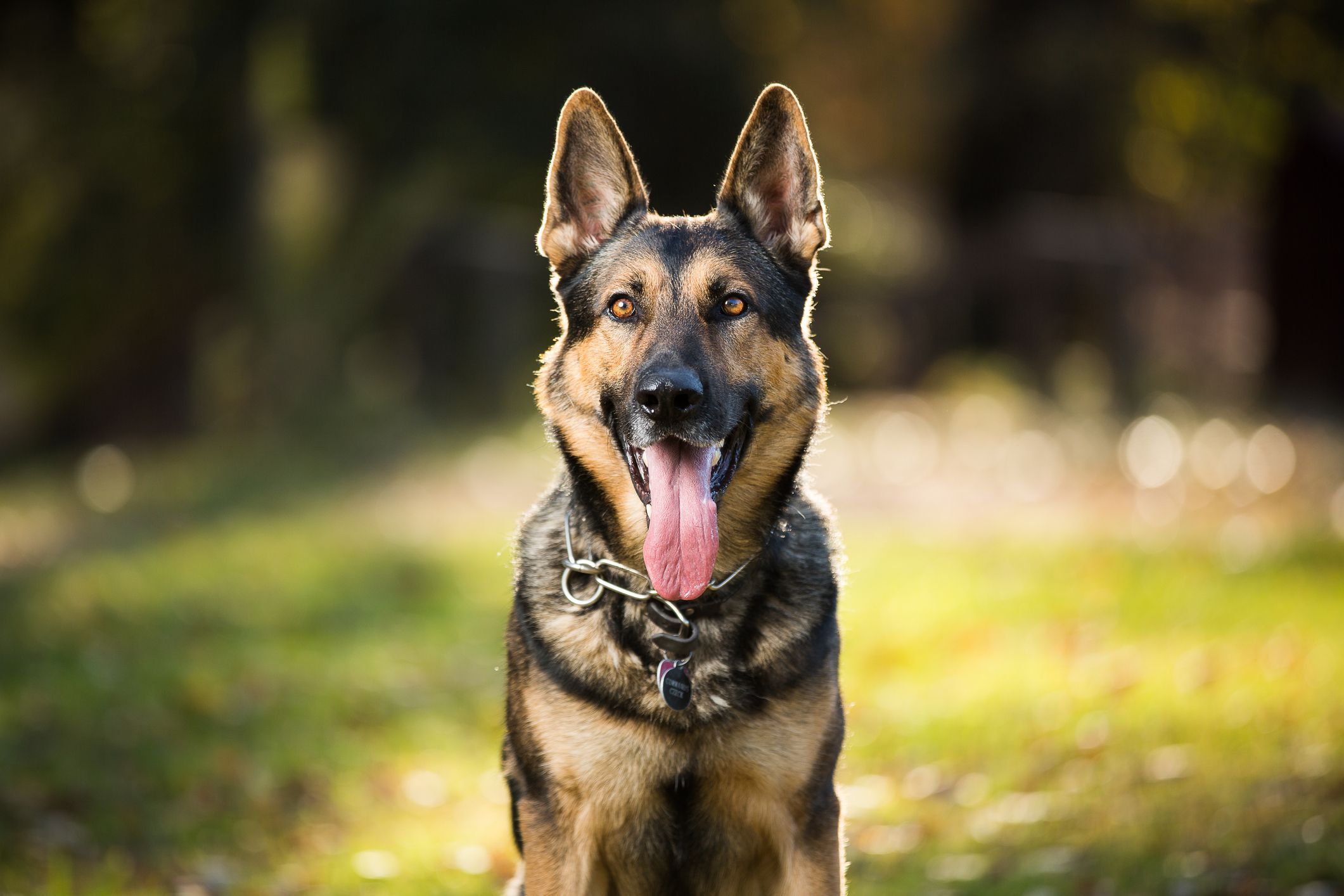
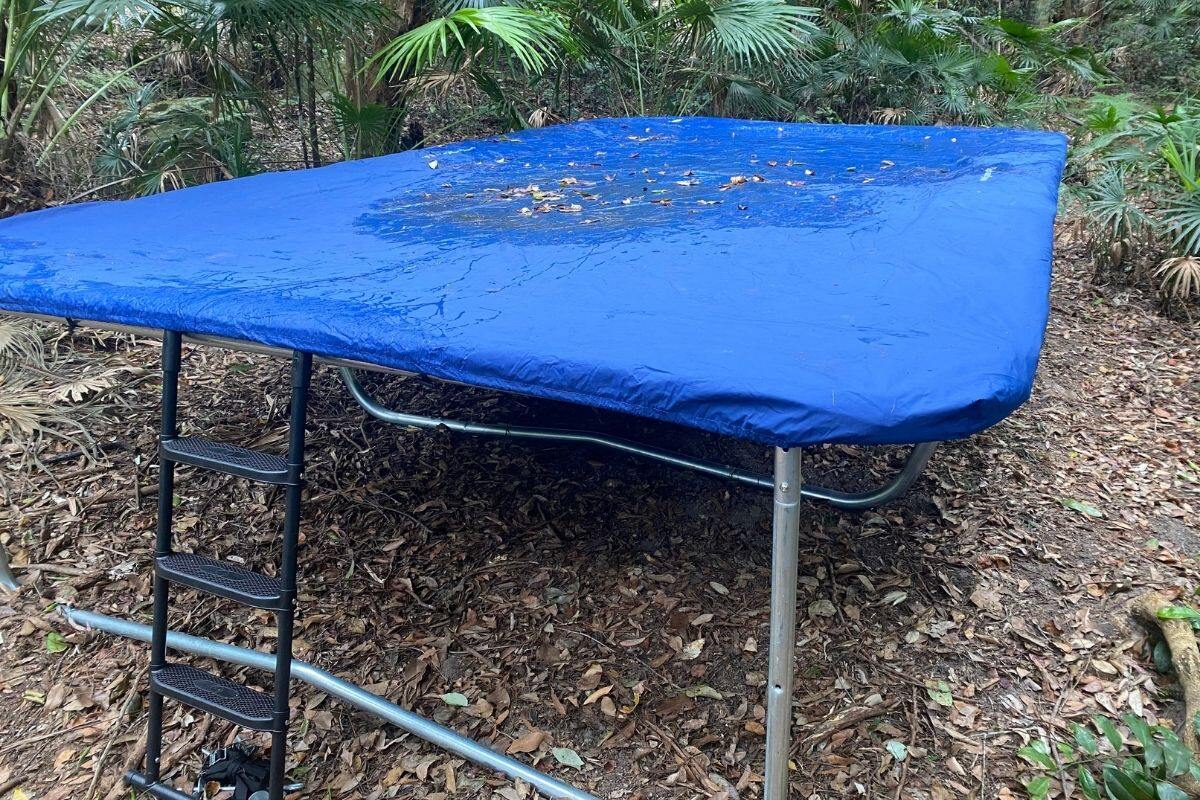
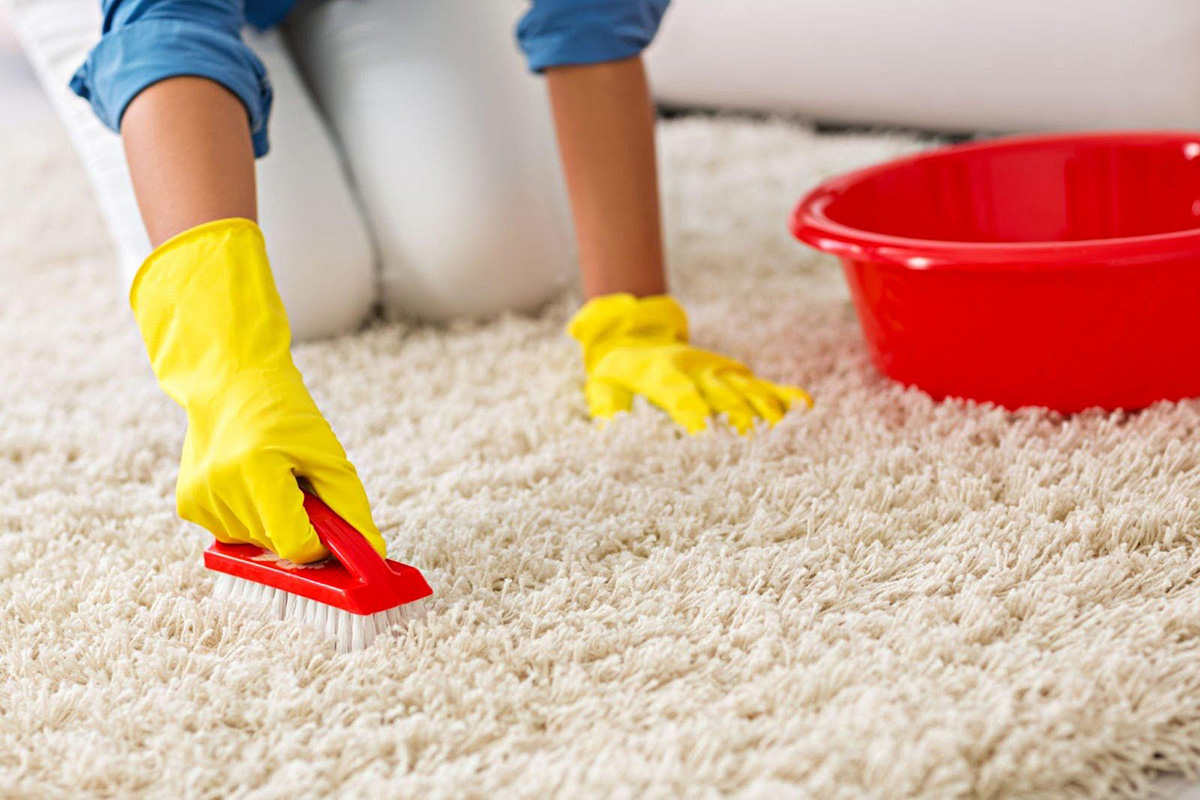
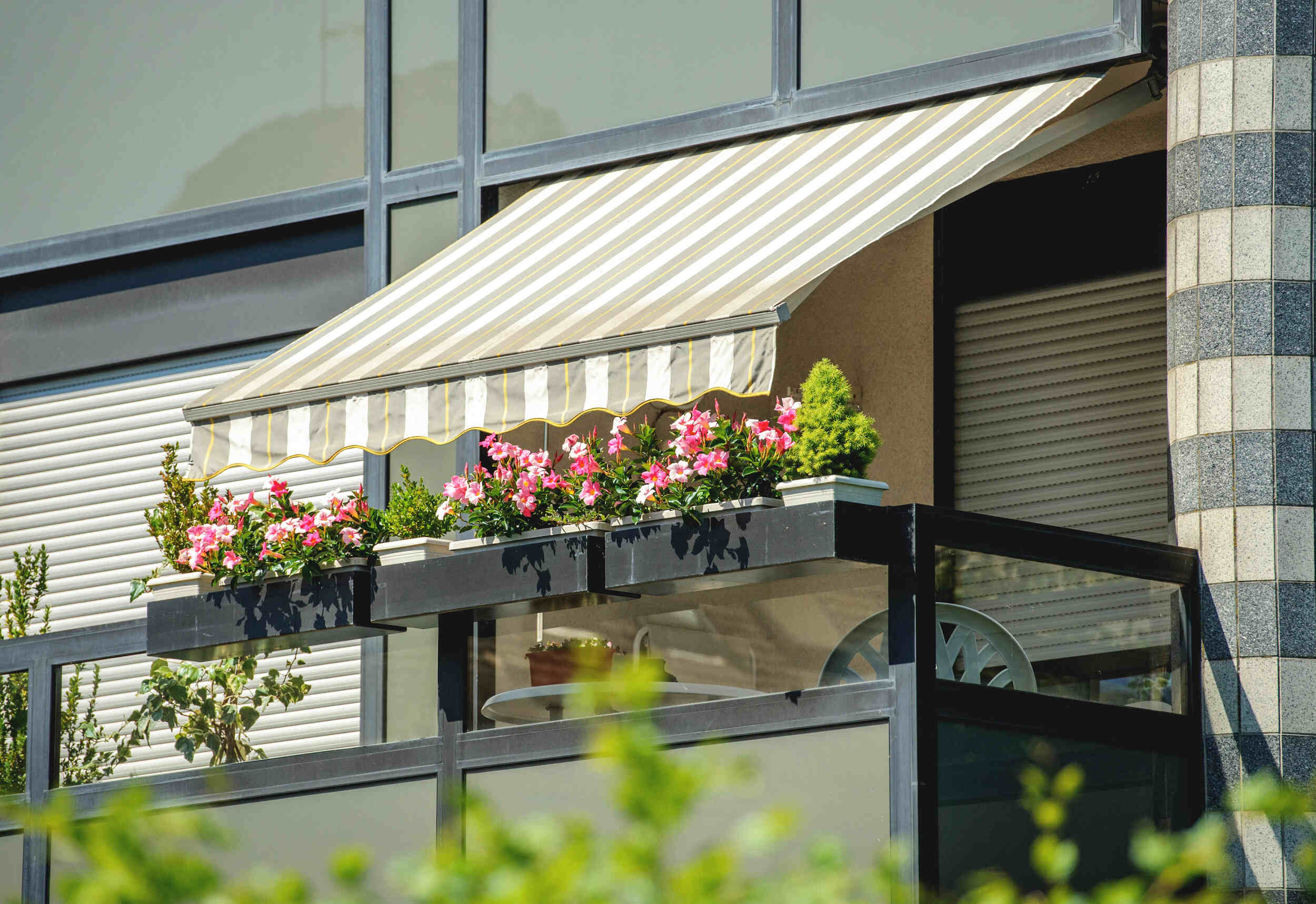
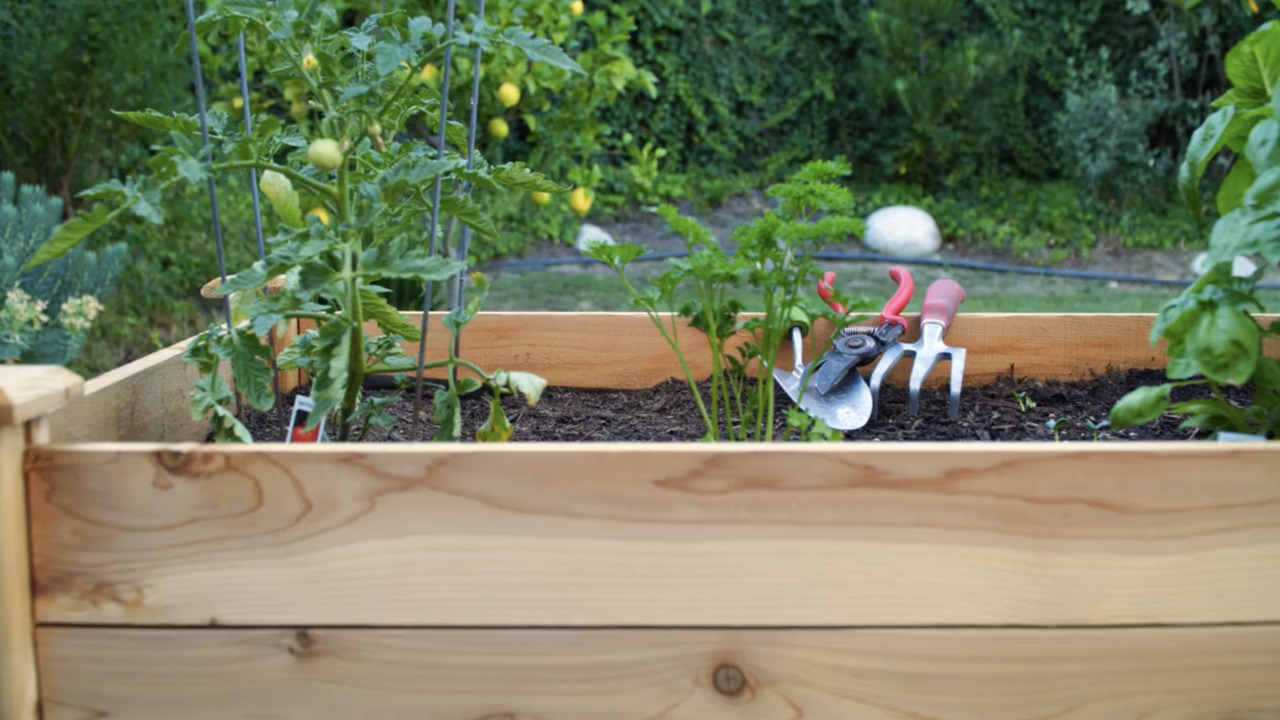
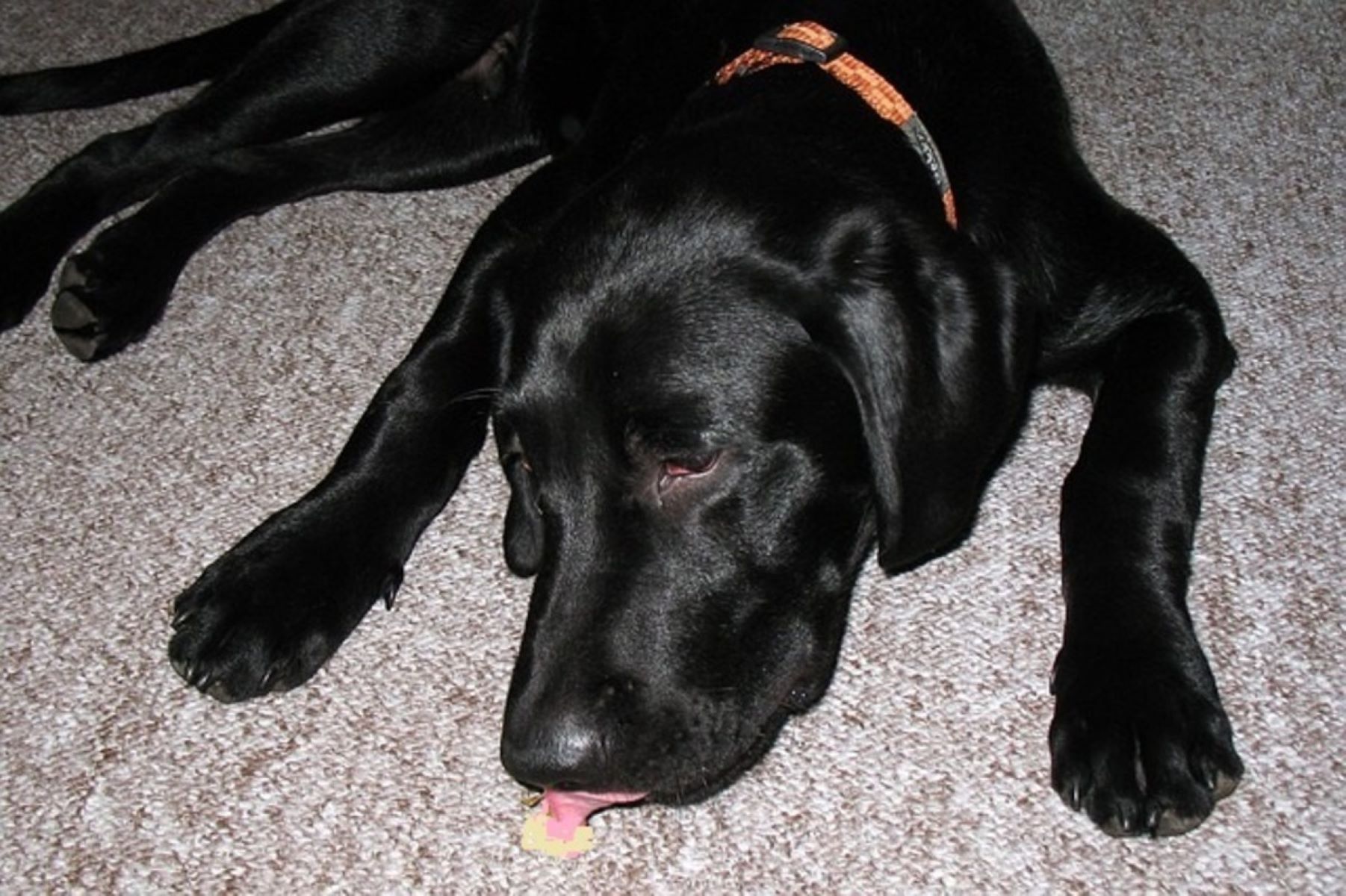

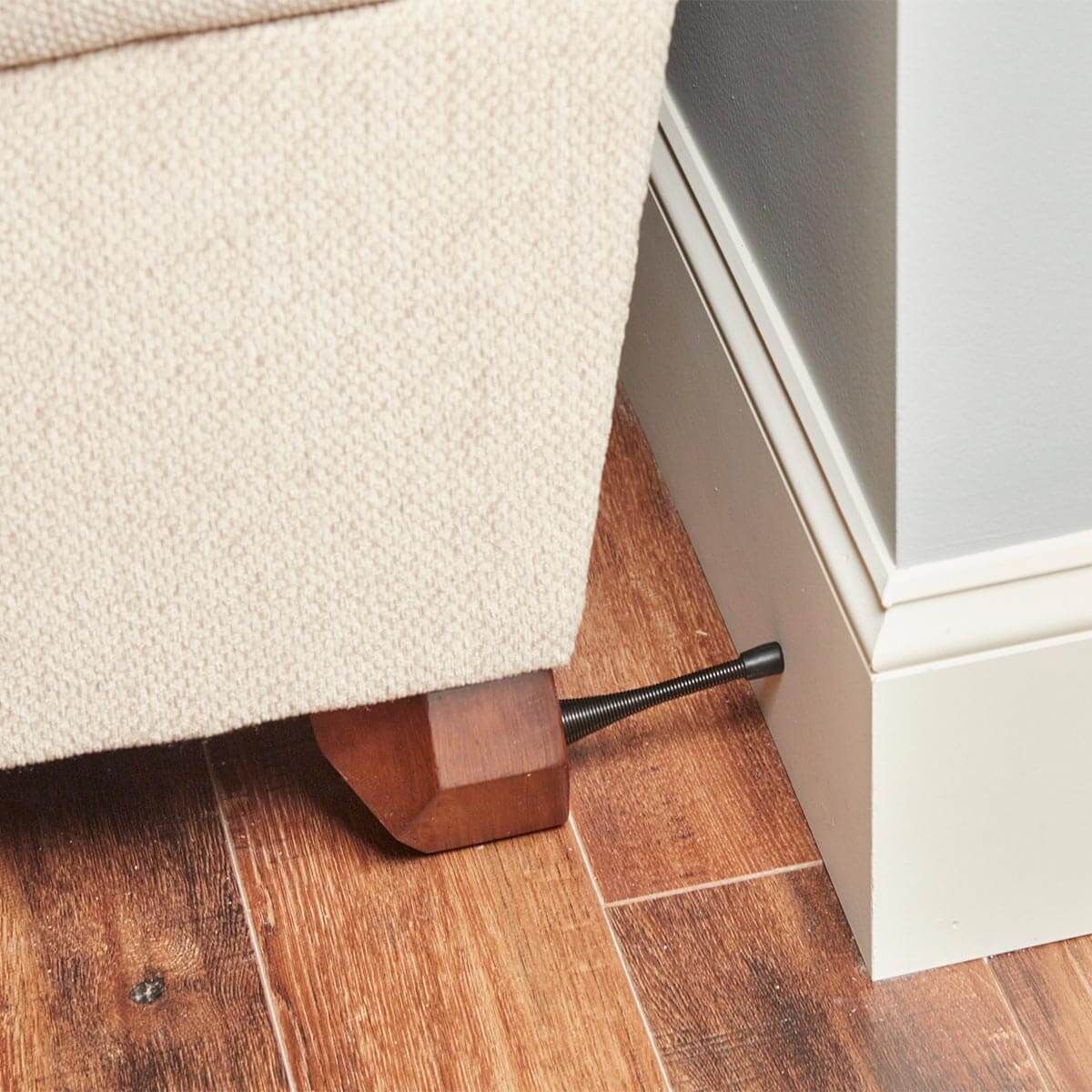


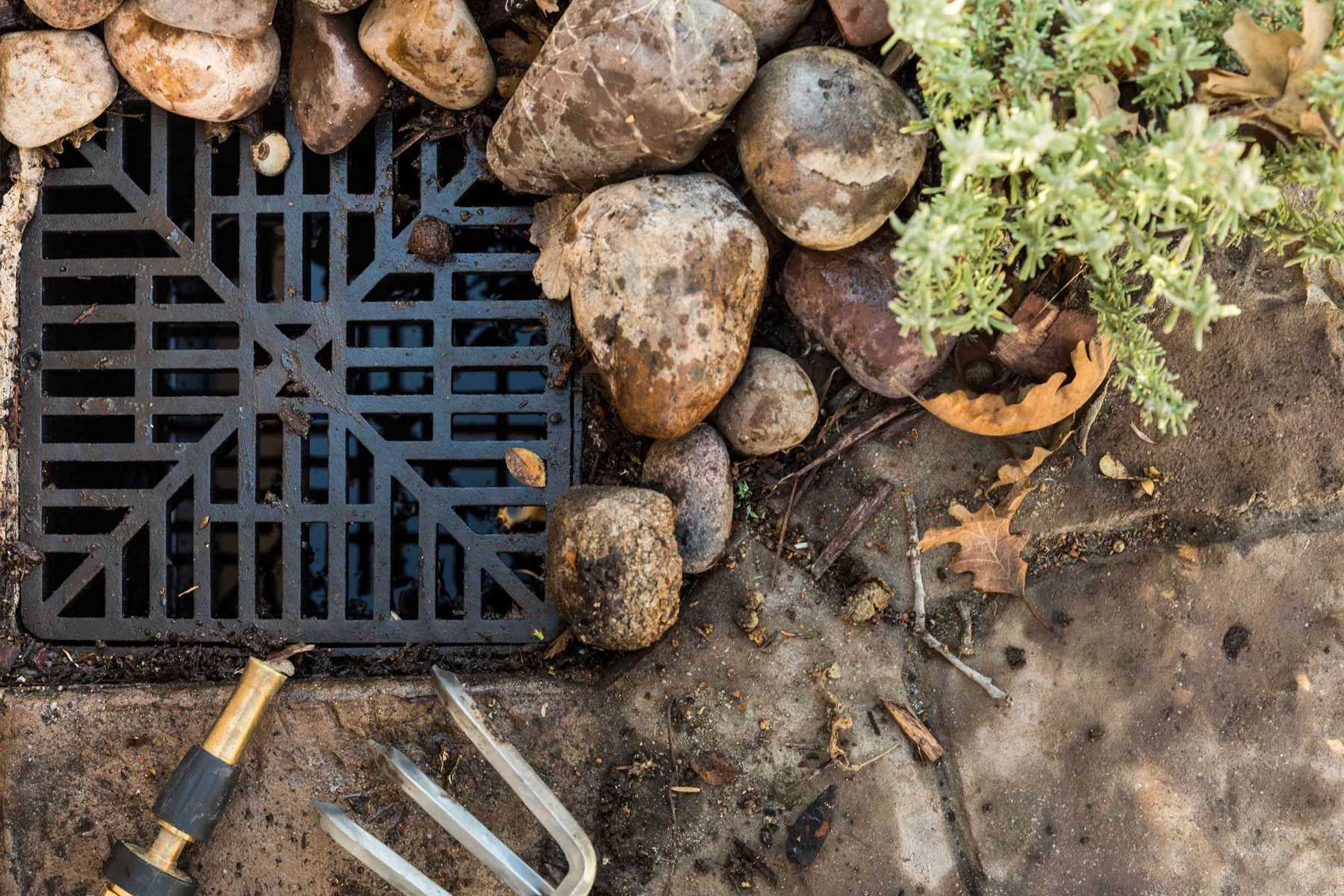

0 thoughts on “How To Protect Rugs From Dogs”